BACK
 Does Refrigerant Get Old or Wear Out?
Does Refrigerant Get Old or Wear Out?
 What does “Saturated State” mean for Techs?
What does “Saturated State” mean for Techs?
 Refrigerants, Flammable & Toxic
Refrigerants, Flammable & Toxic
 Liquid Line Solenoid Valves: Long Line Applications
Liquid Line Solenoid Valves: Long Line Applications
 The “5 Pillars” of Residential A/C Refrigerant Circuit Diagnosis
The “5 Pillars” of Residential A/C Refrigerant Circuit Diagnosis
 Oil and Refrigerant
Oil and Refrigerant
#refrigerant
Tech Tips:
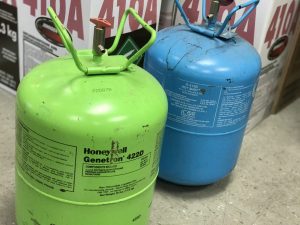
Over the years, I have heard technicians say that refrigerant can wear out or “lose its blend” by sitting in a tank. Refrigerant does not wear out or “lose its blend”… at least not like that. What can and does happen is called “fractionation.” Refrigerant blends are composed of a mix of refrigerants with different […]
Read more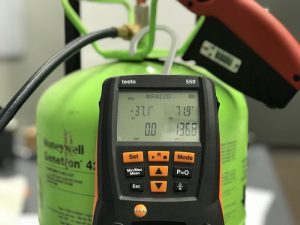
As we often do in these tech tips, we will start with the common and more practical explanation of saturation and then move to the more technical and nerdy explanation later. When we say “at saturation” or “saturated” in the HVAC/R trade, we are generally referring to the refrigerant that is in the process of […]
Read more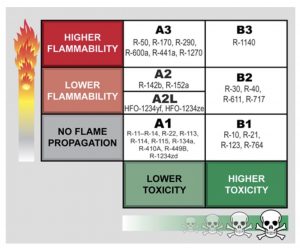
There has never been a more complicated and confusing time surrounding refrigerants than what we are in right now. We are seeing flammable HC (hydrocarbon) refrigerants with increasing regularity, and EPA rules that just changed appear to be changing again. With all this tumultuous change, it's important to know what to look for in refrigerants […]
Read more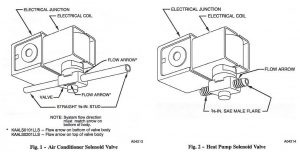
Pump down solenoid valves are commonplace for any refrigeration technician. They are energized with the compressor still running, shutting off flow in the liquid line so that the refrigerant is pumped into the condenser and receiver. The compressor will then shut off once a low-pressure switch opens the circuit when the pressure falls below a […]
Read more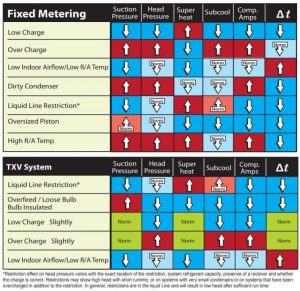
Suction pressure, head pressure, subcooling, superheat, delta T. Taking all five of these calculations into account on every service call is critical. Even if you must do further diagnostic tests to pinpoint the problem, these five factors are the groundwork before more effective diagnostics can be done. I would also add static pressure as an […]
Read more
We all see a lot of questions about dyes, leak stoppers, lubricants, inhibitors, and snake oil. All of those were designed to go into the refrigerant circuit and “improve” something. I just go back to what Ray Johnson always said. (Ray is one of my early heroes in the biz, and he taught me a […]
Read more






